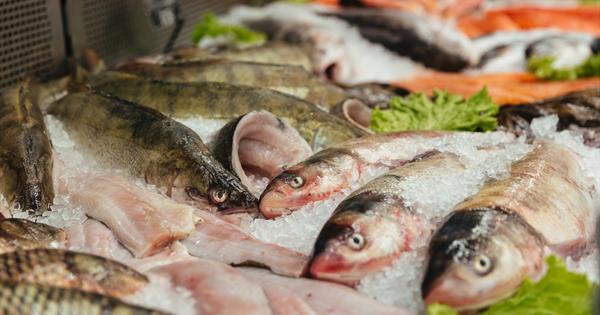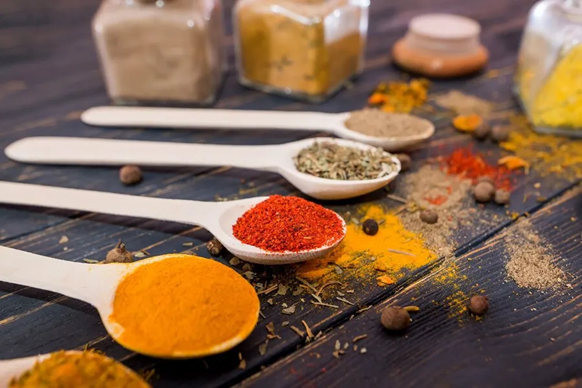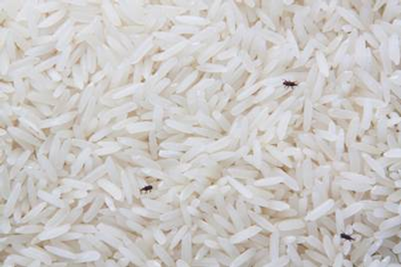Introduction
Ready to eat (RTE) raw fish is considered a high-risk food as it does not go through a cooking process to kill the bacteria and other germs that may be present in the food. The consumption of RTE raw fish may increase the risk of food-borne illness to consumers due to infection by germs or toxins from the germs.
Group B streptococcus (GBS) is one such bacteria that has linked infection in people to the consumption of RTE raw fish. This article explains more on GBS, its transmission in food and what consumers can do to reduce risk of infection.
What is GBS?
GBS is a bacterium commonly found in the gut and urinary tract of adults, without causing any disease i.e. non-invasive.
However, in some adults, GBS may occasionally cause invasive infections of the skin, joints, hearts and brain. GBS can also cause blood infection in infants if acquired from mothers during childbirth.
GBS outbreak in 2015 and the ban on raw freshwater fish
Only one specific strain of GBS, Sequence Type 283 (ST283), is known to cause food-borne disease, i.e. people can get infected from eating fish contaminated by GBS ST283. In 2015, ST283 caused an outbreak of invasive GBS infection in more than 160 people in Singapore. The outbreak was linked to the consumption of RTE raw fish of two freshwater fish species - ‘Asian bighead carp’ and ‘snakehead’.
Studies have shown that freshwater fish had significantly higher numbers of bacteria compared to saltwater fish. Hence, the consumption of raw freshwater fish is likely to present higher risks of bacterial infection such as GBS, compared to saltwater fish if the fish is consumed raw. This has led to a ban in the use of raw freshwater fish in all RTE raw fish dishes in Singapore with effect from 5 December 2015.
What is done to ensure the safety of RTE raw fish in Singapore?
Through a joint responsibility approach to food safety, we can reduce the risk of food-borne illness from eating RTE raw fish.
SFA's food safety monitoring programme is guided by a science-based risk assessment and management approach that is consistent with international standards. This means that food that is more susceptible to food-borne diseases is subjected to more stringent checks. Food, including raw fish, is tested for a wide range of food-borne hazards including microbial pathogens and presence of parasites.
The industry must ensure that the fish they farm, produce and sell are safe for consumption. Importers should source RTE raw fish from suppliers that adopt proper cold chain management and hygienic handling practices of the fish. Suppliers and retail food establishments should also practise proper segregation of RTE raw fish from other raw food intended for cooking.
Following the ban on using raw freshwater fish in RTE raw fish dishes, all food stalls (hawker centres, coffee shops, canteens, food courts) and food establishments providing catering services are required to stop the sale of RTE raw fish dishes until they submit proof to SFA that they are able to meet the requirements (such as having good cold chain management and having a proper layout plan to prepare RTE raw fish) for sale of these dishes. Members of the public can search and view the records of food stalls and caterers approved to sell RTE raw fish dishes at https://www.sfa.gov.sg/tools-and-resources/track-records. Alternatively, the records could be accessed through the myENV mobile application or by scanning the QR code on the SFA licence displayed at the retail food establishment.
Other food establishments including restaurants that offer dine-in, delivery and takeaway services can continue to sell RTE raw fish dishes using saltwater fish.
What can you do to reduce your risk of GBS infections through consumption of RTE raw fish?
As consumers, we should play our part to reduce our risk of food-borne infections.
If you choose to consume RTE raw fish, you must be aware of the risks involved. As a general precaution, vulnerable groups of people, particularly young children, pregnant women, elderly persons, or people with chronic illness such as diabetes, may be more susceptible and should exercise caution by avoiding the consumption of raw food.
Here are some good food safety practices we should follow:
Cook food thoroughly as cooking is the most effective way to kill bacteria and parasites
Purchase RTE raw fish from licensed supermarkets or retail food establishments and ensure that it is intended/suitable for raw consumption.
Purchase RTE raw fish at the last stop of your shopping trip to avoid prolonged exposure to room temperature.
Follow the instructions indicated on the package on the handling and storage of RTE raw fish. RTE raw fish should be placed in the chiller at temperatures between 0ºC and 4ºC soon after purchase.
Do not consume expired RTE raw fish.
Avoid cross contamination. Wash hands and kitchen utensils thoroughly before and after handling RTE raw fish and use separate sets of kitchen utensils for RTE raw fish and cooked food.
As GBS can be present in raw freshwater fish, it is important to practise good personal and hand hygiene at all times. This means wearing gloves while handling raw fish and preventing open wounds from coming into contact with raw fish or dirty water.
Further Reading
Food and Agriculture Organisation (FAO), 2021, Risk Profile Report – Group B Streptococcus (GBS) in freshwater fish.




